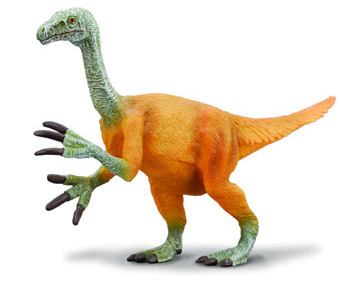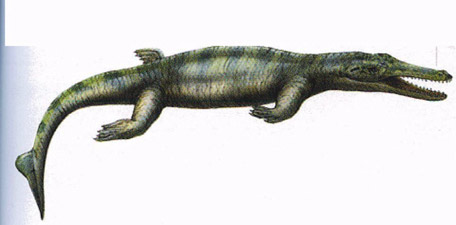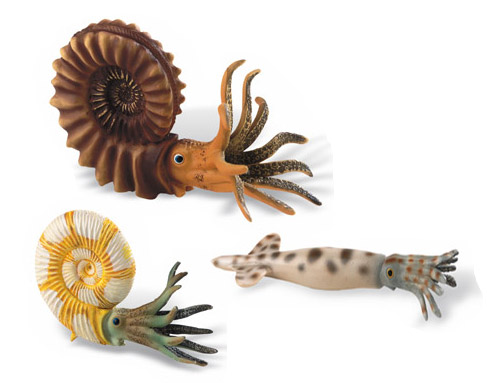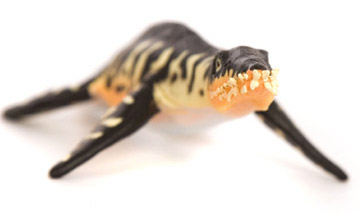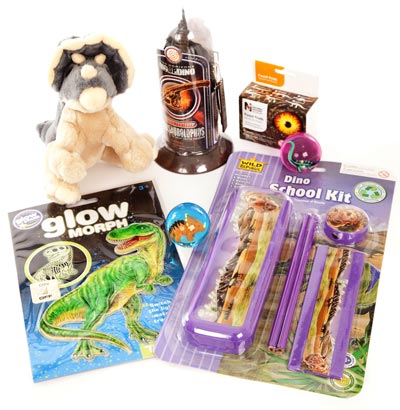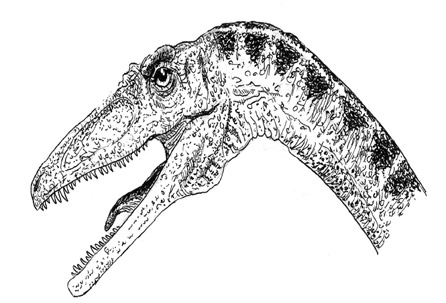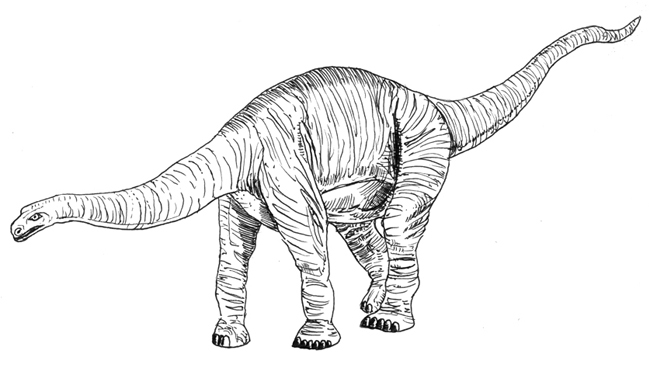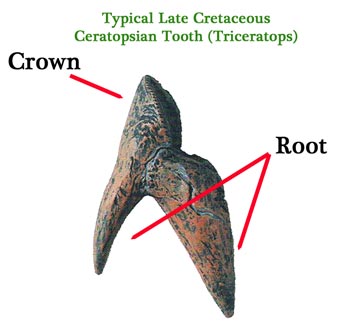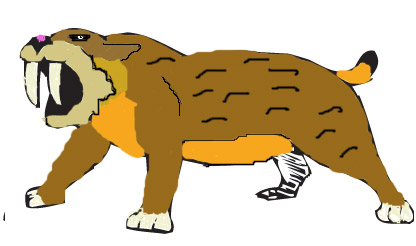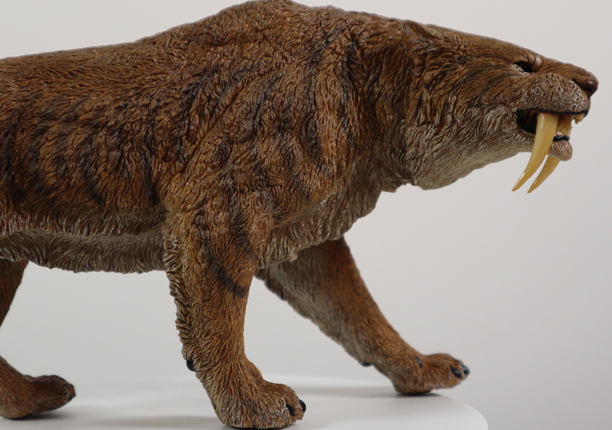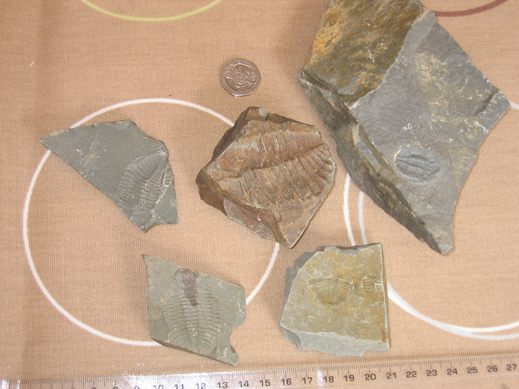Spectacular Insect Fossil Find in Eastern USA
Ancient winged Insect left Impression in Carboniferous Mud
The western part of the United States may have a higher profile than the eastern part of the USA when it comes to fossils, this may be due to the large number of dinosaur fossils found in states such as Utah and Montana, but the east of the USA can produce some amazing fossil finds as well, such as a spectacular insect fossil.
Spectacular Insect Fossil
Careful research combined with a little luck has helped fossil hunter Richard Knecht find an amazing fossil of a flying insect near Emerald Square in Massachusetts. Locked away for over 310 million years, the oldest known imprint of an insect, a trace fossil, has been found, whilst Richard was lost.
The three-inch-long Arthropod, which scientists believe may be a distant relative of the modern mayfly, apparently made its mark by briefly landing on a pool of soft mud over 310 million years ago, the trace fossil has preserved the moment it landed and rested on the soft, sticky ground. The fossil is so well preserved that individual body segments of the long abdomen can be seen and the imprints made by the insect’s six legs are clearly visible.
A Rare Find
Knecht and his professor, palaeontologist Jacob Brenner of Tufts University, are hoping that this rare find, along with the subsequent discovery of a fossilised wing at the site last week, will yield new insights into insect behaviour at a time when such creatures dominated life in the air.
“The level of detail is really unseen in continental deposits,” commented professor Brenner. “It’s unusual to see a flying insect make such a deep impression in this muddy sediment . . . and we don’t have many good body fossils from this time period with these early flying insects.”
Photographs may look a little indistinct but if you look carefully the impression of the dragonfly-like creature can be seen. The head of the animal is facing to the right of the picture and the six impressions either side of the long, stick-like structure are the legs , behind the last pair of legs the abdomen can clearly be seen.
Wings Not Preserved
The wings are not preserved as they did not touch the mud when the creature landed. The legs look quite stubby, but only part of them was preserved. This is a trace fossil, a fossil that shows evidence of the activity of an organism, such as their tracks, trails, burrows or borings.
This is a truly remarkable discovery, it is very rare for delicate creatures like insects to become fossilised in rock, if they do the fossils that are preserved are usually fragmentary in nature, compressed, distorted and subsequently difficult to interpret.
Talking about his find Richard said:
“It’s not squished. It’s not deformed. We don’t have to try to piece it back together. We can see it as it was, and we get the behaviour,”.
Richard Knecht and professor Brenner went hunting in that area because research they had carried out enabled them to uncover a 1929 thesis that indicated that fossils may be found in the strata of the region. New England isn’t a particularly rich source of prehistoric remains.
This really is a lucky find, firstly because these types of impressions were not made very often and the chances of one being preserved is extremely remote. In addition, Richard has been trying to find another site and got lost, simply finding this fossil location by accident.
As Richard wandered around trying to get his bearings, at one rock outcrop, he gripped a broken edge, it came off in his hand, revealing the insect fossil. The outer part of the rock was already split and had it been exposed to the cold of a New England winter, ice and frost action may have damaged this fossil, perhaps destroying if forever.
It really was a lucky find.
Increased levels of oxygen in the Carboniferous enabled arthropods to grown to huge sizes, many times bigger than their modern counterparts. According to some researchers, atmospheric oxygen may have been as high as 30%. To stay in the air, flying insects need to burn up a lot of oxygen in their muscles, the maximum size of a flying insect is governed by the extent to which oxygen can reach the tissues in the animal that require oxygen.
A higher level of oxygen in the atmosphere would have helped increase the efficiency of the insect’s metabolism and allowed them to evolve into larger sizes. At the time, no other creatures flew; (pterosaurs for example did not come along until the Triassic), so insects such as the one found by Richard Knecht would have dominated the air.
Everything Dinosaur stocks a range of invertebrate prehistoric animal models, replicas of iconic creatures from the fossil record: Replicas of Iconic Animals from the Fossil Record.


